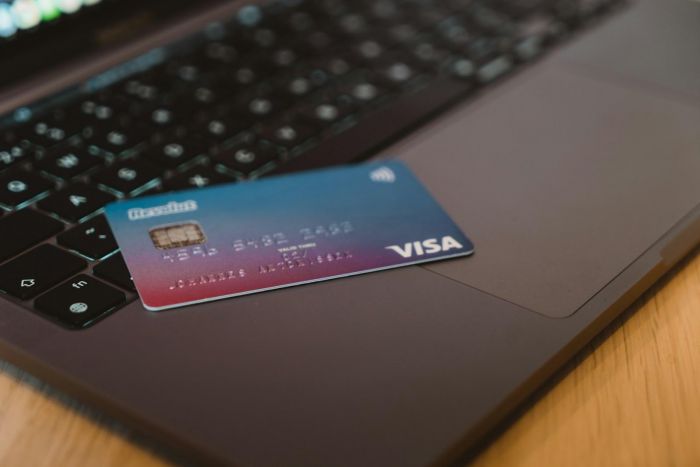Technology
5 min read
The PCI Compliance Checklist: How Businesses Can Secure Customer Data


No matter the number of times you’ve made online payments, there’s always that brief pause before entering your credit card information into any website. Your hesitation comes from questioning how secure the platform is.
In a world riddled by cybercrime, the last thing you want to do is provide financial information to a website that is susceptible to hacks. If you run an online business, your customers have the same concerns. They want to be sure your company has the necessary security infrastructure to keep their credit card information safe.
That’s the overall objective of the Payment Card Industry Data Security Standards (PCI DSS) – which are guidelines created by Visa, Mastercard, Discover, and American Express for businesses that process card-based transactions.
In 2006, these four organizations formed the PCI Security Standards Council and created the rules for businesses to follow to keep customer data safe. This article will dive into the PCI compliance checklist to provide insight on how you can safeguard your clients from malicious actors.
If your company stores or processes credit card transactions, the checklist from the PCI Security Standards Council applies to you. However, the council categorizes organizations into four levels.

The classification is based on the amount of financial transactions handled by companies annually, and each one comes with a different level of compliance. Here are the different categories according to the PCI Security Standards Council:
Level 1: Organizations that process more than 6 million transactions annually
Level 2: Organizations that process between 1-6 million transactions annually
Level 3: Organizations that process 20,000 to 1 million transactions annually
Level 4: Organizations that process less than 20,000 transactions annually
Businesses must determine where they fall within these categories and comply accordingly. Failing to adhere to the guidelines can result in fines from credit card companies, lawsuits, and even a ban. Plus, there’s the potential reputation damage that comes with a data breach because your company falls short of the required best practices.
The PCI DSS guidelines aim to keep customers safe as they make financial transactions online. Statistics show that there were 117,000 cases of credit card fraud in the third quarter of 2024 alone, and the overall numbers throughout the year make it the most common type of identity theft in the US.
By complying with the PCI checklist, businesses can safeguard the financial data of their customers from falling into the wrong hands. That said, the checklist is split into six goals. Each one has sub-requirements, creating a total of 12 guidelines. Let’s break them down below:
The PCI DSS checklist requires businesses that process online payments to have built-in firewalls within their network to control traffic and prevent unauthorized access to their systems.
Strong passwords are a non-negotiable requirement for online security, and this isn’t for individuals alone. Businesses must use secure and robust passcodes for their systems. It’s also critical to ensure the configurations within a network aren’t kept in default settings. Instead, companies should opt for the highest safety customizations for all devices and tools.
Organizations must follow global best practices to safeguard customer credit card information, such as limiting the data collected to only what is necessary and having robust privacy policies for how information is stored and handled.
Robust encryption technologies should be used when cardholder information is transmitted across open networks.
Antivirus software is a mandatory requirement for companies under the PCI DSS guidelines, and these tools must undergo regular updates to include the latest security patches for enhanced security.
Organizations must ensure their internal software tools are completely secure and regularly updated.
There should be strict procedures to ensure only authorized employees can view cardholder data and gain access to the software and technologies that hold these pieces of information.
Individual and unique access codes should be given to staff members who can view cardholder data. This way, it’s easier to track their activities within the organization.
Cardholder details stored on hardware or paper should only be accessible to authorized personnel.
Companies should have software that records individuals that access cardholder data or computer systems, and they should regularly review these logs to prevent unauthorized access.
Security technologies should undergo regular tests for any vulnerabilities that malicious actors can take advantage of.
Companies need to have detailed regulations on how employees access, use, and manage information, especially sensitive data. All employees must be trained based on this policy.
So, there you have it: the PCI DSS checklist for safeguarding cardholder information. Adhering to these practices will not only protect your customers from data theft but also reinforce trust in your brand.
Be the first to post comment!